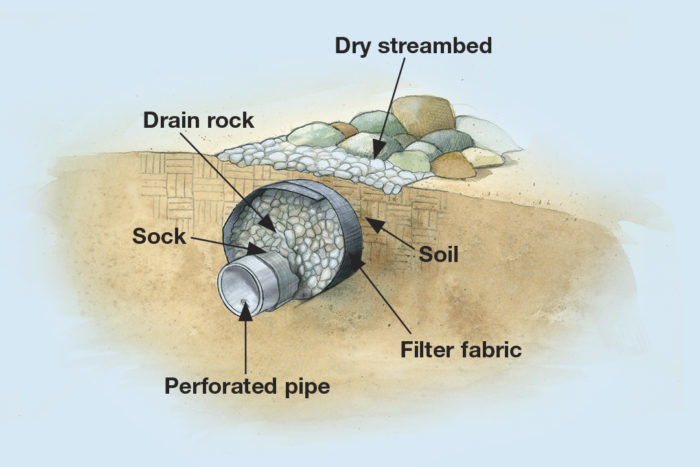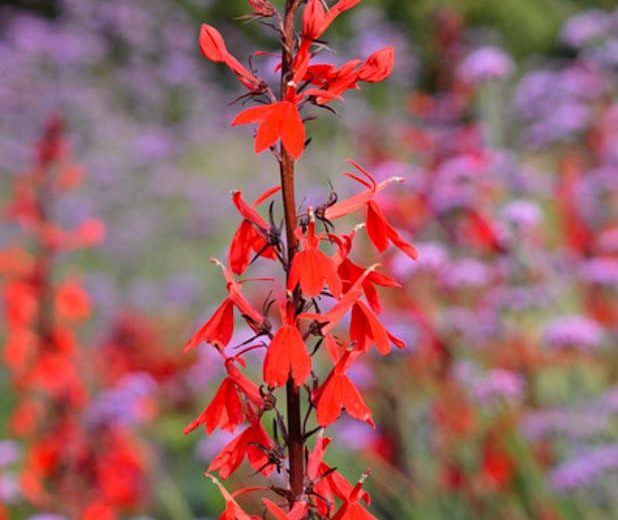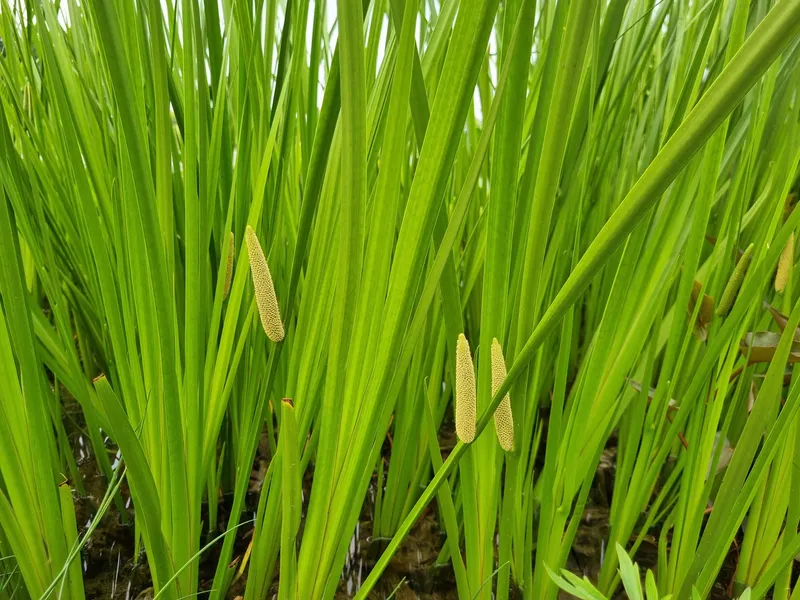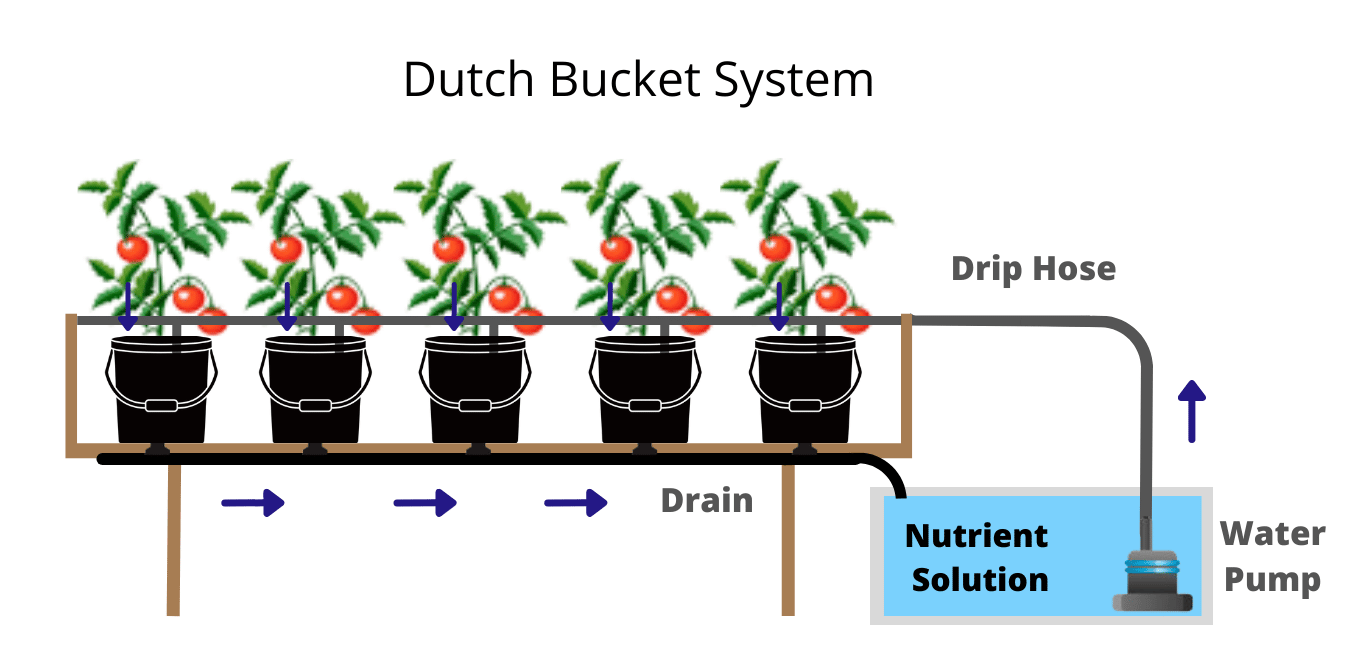DNS Status Checker

https://whatsmydns.me/#NS/walkingdotdesigns.com
DNS: Domain Name System
Check this status map to see the status of a site’s propagation.
Greenworks 80V 18″ Brushless Cordless Chainsaw


Rainwater Harvesting and Recirculation System for Greenhouses
Harvesting rain and groundwater for your greenhouse is environmentally friendly and efficient. Steps and considerations for harvesting rain and groundwater for our greenhouse:
1. French Drain System:

- Placement: Install the French drain system around the perimeter of the greenhouse to capture rainwater and prevent groundwater from entering.
- Drainage Pipes: Use perforated pipes surrounded by gravel to allow water to flow into the pipes.
The optimal slope or angle for French drain collection pipes to ensure good water flow typically ranges between 1% and 2%. This slope allows water to move efficiently along the pipe without creating too much speed that could lead to erosion or an insufficient gradient that causes water to stagnate.
Here’s a brief explanation:
1% Slope: This is a gentler slope, suitable for areas with light to moderate rainfall. It ensures steady water flow but might require a longer drainage path.
2% Slope: This is a slightly steeper slope, allowing for effective drainage in areas with heavier rainfall. It provides quicker water movement but may be prone to erosion if not properly managed.
To calculate the necessary slope, divide the vertical drop (elevation change) by the horizontal distance. For example, if you have a 10-foot run and want a 1% slope, the drop would be 0.01 * 10 feet = 0.1 feet (or 1.2 inches).
Keep in mind that these are general guidelines, and the specific conditions of your site, soil type, and local rainfall patterns may influence the optimal slope for your French drain system. It’s crucial to ensure proper installation and backfilling with gravel to allow water to enter the perforated pipes effectively.
2. Collection Point:
- Location: Choose a specific point where the drainage pipes converge and lead the water towards the greenhouse.
- Beneath Foundation: Ensure the pipes enter the greenhouse beneath the shallow 12-inch foundation. Use proper waterproofing measures to prevent leaks.
3. Buried Cistern:
- Material: Choose a durable, waterproof material for the cistern. Options include concrete, plastic, or fiberglass.
- Size: Calculate the greenhouse roof’s runoff and the expected groundwater flow to determine the cistern size.
- Filtration: Install filters to prevent debris from entering the cistern.
Calculating the size of the cistern needed for your rainwater harvesting system involves estimating the total volume of water you plan to capture and store. Here’s a general guideline to help you calculate the size of the cistern:
- Calculate Roof Area:
- Determine the total catchment area of your greenhouse’s roof. Measure the length and width of the roof, and multiply these values to get the roof area in square feet or square meters.
- Calculate Rainfall Harvested:
- Estimate the average annual rainfall for your location. This information is typically available from local weather stations. Convert this value to inches or millimeters.
- Calculate Rainwater Harvested:
- Multiply the roof area by the average annual rainfall to get the total volume of rainwater harvested in cubic feet or cubic meters.
- Adjust for Efficiency:
- Consider the efficiency of your rainwater harvesting system. Not all the rainfall will be captured and stored due to losses from evaporation, runoff, and system inefficiencies. A common efficiency factor is around 85-90%, so multiply the calculated rainwater harvested by this factor.
- Consider Water Usage Needs:
- Determine your greenhouse’s water usage needs. This will depend on factors such as the type of plants, irrigation methods, and frequency of watering. Estimate the volume of water required over a certain period, such as a week or a month.
- Determine Cistern Size:
- Compare the estimated rainwater harvested with your water usage needs. The cistern size should be large enough to meet your water demand during dry periods between rainfall events.
As an example calculation:
Cistern Size=(Roof Area×Average Annual Rainfall×Efficiency Factor)−Water Usage NeedsCistern Size=(Roof Area×Average Annual Rainfall×Efficiency Factor)−Water Usage Needs
Keep in mind that these are general guidelines, and it’s essential to tailor the calculation to your specific conditions and requirements. Consulting with a local water conservation or rainwater harvesting expert can provide valuable insights for your particular situation.
4. Pump System:
- Submersible Pump: Use a submersible pump in the cistern to pump water to the catchment area. (Can use the Bellagio pump we initially got for the goldfish tank.)
- Float Switch: Include a float switch to control the pump automatically based on the water level.
A float switch is a type of level sensor, a device used to detect the level of liquid within a tank. The switch may be used to control a pump, as an indicator, an alarm, or to control other devices. One type of float switch uses a mercury switch inside a hinged float.
5. Catchment Feature:
- Fountain or Shallow Pond: Choose a visually appealing catchment feature that promotes water circulation.
- Aeration: Consider adding an aerator to prevent stagnation and improve water quality.
Such As:
AquaMiracle Pond Aeration Kit Koi Pond Aerator Pond Air Pump for Pond up to 15000 Gallons Pond Deicer All-in-One Pond Aeration System with Self-Sinking Airline Flow Control Rubber Air Diffuse: $149 (Amazon)
6. Overflow and Pressure Equilibrium:
- Overflow Outlet: Install an overflow outlet at an appropriate height in the cistern to prevent overfilling.
- An overflow outlet is a component in a water storage system, such as a cistern or a rainwater harvesting system, designed to prevent overfilling and potential damage. It provides a controlled pathway for excess water to exit the system once the storage capacity is reached.
- In the context of a rainwater harvesting system with a cistern, the overflow outlet is typically positioned at a specific height within the cistern. When the water level in the cistern reaches this predetermined point, any additional water flows out through the overflow outlet.
- Key features of an overflow outlet:
- Prevention of Overfilling: The primary purpose of the overflow outlet is to prevent the water storage system from overfilling, which could lead to flooding, structural damage, or other issues.
- Controlled Discharge: The overflow outlet allows for a controlled discharge of excess water. This helps avoid sudden and uncontrolled releases that could cause erosion or other problems in the surrounding area.
- Protective Measures: Installing an overflow outlet is a protective measure to ensure the integrity and longevity of the water storage system.
- Outlet Design: The overflow outlet can take various forms, such as a pipe or a channel, depending on the system’s design and requirements. It may discharge water to a designated safe area or drainage system.
- When designing a rainwater harvesting system or any water storage system, it’s crucial to include an overflow outlet at an appropriate height to manage water levels effectively and prevent overflows. This feature helps maintain the stability and functionality of the entire system while avoiding potential damage to surrounding areas.
- Pressure Relief Valve: Use a pressure relief valve to maintain pressure equilibrium and prevent damage to the system.
- A pressure relief valve, also known as a pressure release valve or safety valve, is a critical component in various systems to protect them from excessive pressure. The valve is designed to automatically release or relieve pressure when it exceeds a predetermined set point. This helps prevent damage to the system, ensuring its safety and proper operation.
- Key features of a pressure relief valve:
- Set Pressure:
- The valve is set to open and release pressure when the internal pressure of the system reaches a certain level. This predetermined pressure is known as the “set pressure” or “set point.”
- Automatic Operation:
- The pressure relief valve operates automatically without the need for manual intervention. When the pressure surpasses the set point, the valve opens to allow excess pressure to escape.
- Safety Function:
- The primary purpose of the pressure relief valve is to protect the system from potential damage caused by overpressure. This is crucial in applications where maintaining a specific pressure range is essential for the system’s integrity and safety.
- Various Designs:
- Pressure relief valves come in various designs, including spring-loaded, pilot-operated, and rupture disk types. Each design is suited to different applications and pressure conditions.
- Installation Location:
- Pressure relief valves are typically installed at strategic points in a system where pressure buildup is a concern. For example, they may be found in steam boilers, water heaters, pressure vessels, and other industrial or plumbing systems.
- Certification Standards:
- Pressure relief valves are often subject to industry standards and regulations. Ensuring that the valve complies with relevant standards is essential for maintaining system safety.
- In the context of your rainwater harvesting and storage system, a pressure relief valve could be used to manage pressure within the system, especially if you are incorporating a pump. It helps prevent overpressurization, which could lead to equipment failure or damage. When designing your system, consult with professionals to determine if a pressure relief valve is necessary and the appropriate specifications for your specific setup.
7. Maintenance:
- Regular Inspection: Periodically inspect the system for clogs, leaks, or any issues.
- Clean Filters: Clean cistern filters and pump intake regularly to ensure efficient operation.
Additional Tips:
- Rainwater Quality: Keep in mind the quality of rainwater; it may need additional filtration for greenhouse use.
- Solar Power: Consider using solar-powered pumps for sustainability.
- Professional Assistance: If needed, consult with a local engineer or landscape professional for specific design considerations.
A Solid 15 Minutes Of Science Facts
Useful Websites
“Useful Websites” Playlist
0:00 Intro
0:31 Alternatives to Popular Software
0:56 Online Photo Editor
1:35 Security News -Virus Removal Guides
2:01 Social Learning Community for Students
2:39 Listen to Public Safety Scanners
3:27 Amazon Price Tracker
4:07 Game System Requirement Checker
5:25 Free Transparent Images
5:52 Learn to Code
6:11 Improve Coding Skill
7:20 Math Problem Solver
8:11 Graphic Design Site
8:58 Check If Website is Down
9:38 Learn a New Language
10:27 Automatic Meal Planner
10:55 Search Engine That Plants Trees
11:11 Internet Speed Test
11:32 Learn to Code
11:59 Computer Science Portal for Geeks
12:33 Hyperlink Identifier
13:14 Free Collection of Fonts
13:56 Fresh Hacks Every Day
14:24 Security Training
14:58 Date Breach Informer
15:26 Learn Something New Every Day
16:13 Game Lengths
16:50 Learn How Everything Works
17:10 DIY Electronics Repair Guides
17:49 Online PDF Tools
18:27 Do-It-Yourself Projects
18:47 Game Deals Service
19:16 Video Streaming Guide
19:55 Amazon Price Tracker
20:40 Free Online Courses
21:07 Math Solver
21:48 Learn Another Language
22:16 Windows Software Package Manager
23:00 Background Noise Generator
23:42 File Converter
24:31 Free Cultural & Education Media
25:00 Free eBooks
25:15 PC Builder Comparison Site
26:15 PDF Files Search Engine
26:53 Online Image Editor
28:00 Free Stock Photos
28:18 Image Editing Tools
28:41 Makes Websites Print Friendly
29:20 Send Notes That Self-Destruct
29:45 Free Online eBooks
30:09 Road Trip Planner
31:10 Free Programming Language & Community
31:42 Free PDF Conversion Tool
32:51 Airline Seat Maps & Reviews
33:43 Learn the Basics of Programming
34:07 Make Music Online
35:52 Recipe Search Engine
36:27 Temporary Email Address
37:01 Compress Images
37:50 Terms of Service; Didn’t Read
38:51 Improve Your Typing Skills
39:37 Dictionary for Slang Words & Phrases
40:06 Files/Website Security Checker
40:40 Book Recommendation Service
41:06 Gaming Monitor Forum
41:45 Computational Knowledge Search Engine
42:17 Video Sharing Service
42:38 Recap – All Websites Mentioned
Bit of This, Little of That
Michigan Wetland Plants
Western Michigan falls within USDA Hardiness Zones 5a to 6a, which means we have a moderately cool climate with cold winters.
Here are some native wetland plants suitable for our region:
Willow Species (Salix spp.)
:max_bytes(150000):strip_icc():format(webp)/GettyImages-615975908weepingwillowtreejuly7th-86a1f0728f3d4ea48df0b8684a23293b.jpg)
They provide habitat, stabilize soil, and some have attractive weeping forms.
Pickerelweed (Pontederia cordata)

Blue Flag Iris (Iris versicolor)

Swamp Milkweed (Asclepias incarnata)

Cardinal Flower (Lobelia cardinalis)

of color to wetland areas and attracts hummingbirds.
Joe Pye Weed (Eutrochium maculatum)

Bluejoint Grass (Calamagrostis canadensis)

providing habitat and stabilization for the soil.
Sweet Flag (Acorus calamus)

It can tolerate a variety of wet soil conditions.
Red Twig Dogwood (Cornus sericea)

Elderberry (Sambucus canadensis)

elderberry is beneficial for wildlife and can tolerate wet soils.
Dutch Bucket Gardening

Dutch Bucket Gardening, also known as Bato Bucket Gardening, is a hydroponic growing method used for cultivating plants, particularly vegetables like tomatoes, peppers, and cucumbers. The system typically consists of individual containers or buckets filled with a growing medium, such as perlite or coconut coir, where plants are grown using a nutrient-rich water solution.
Here’s a basic overview of how Dutch Bucket Gardening works:
- Buckets/Containers: Each plant is placed in a separate container or bucket filled with a growing medium. These buckets usually have a reservoir at the bottom to hold the nutrient solution.
- Growing Medium: Instead of soil, a soilless growing medium like perlite, coconut coir, or a mix of these materials is used. This provides support for the plant roots and allows for good aeration.
- Nutrient Solution: Plants receive their nutrients through a continuous flow or periodic flooding of a nutrient-rich water solution. The nutrient solution contains essential minerals required for plant growth.
- Watering System: A drip irrigation system or a similar mechanism is commonly used to deliver the nutrient solution to each bucket. This ensures that plants receive a consistent and controlled supply of water and nutrients.
- Monitoring and Control: The system often includes monitoring devices such as pH and electrical conductivity (EC) meters to ensure that the nutrient levels are appropriate for plant growth.
Dutch Bucket Gardening is known for its efficiency in water and nutrient usage, as well as its suitability for growing a variety of crops in a controlled environment. It’s commonly used in greenhouse settings and allows for better control over growing conditions, making it popular among hydroponic enthusiasts and commercial growers.
